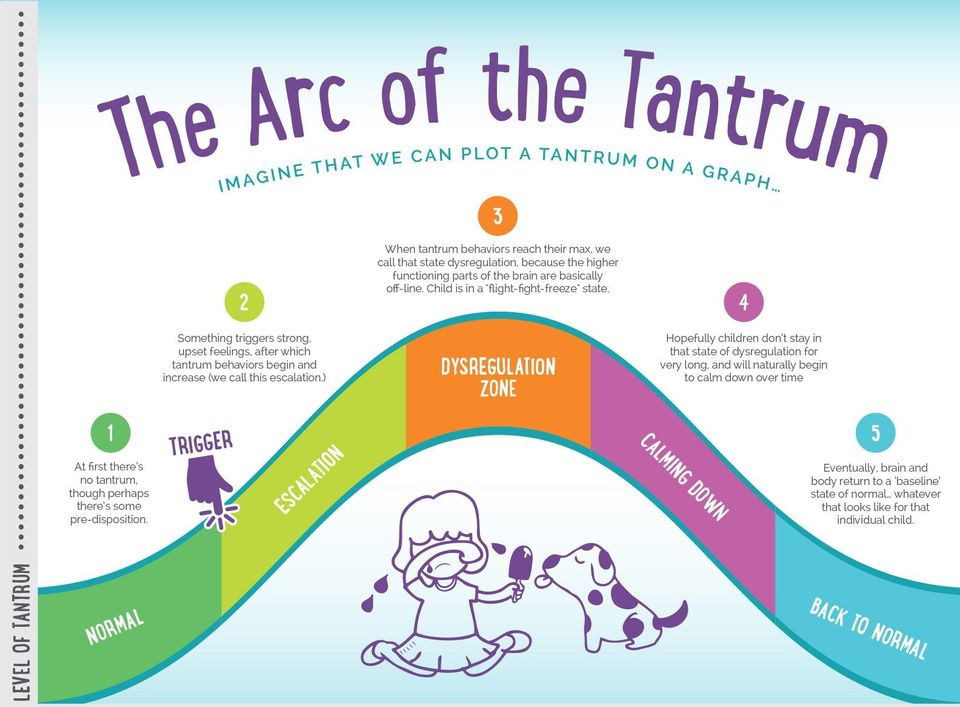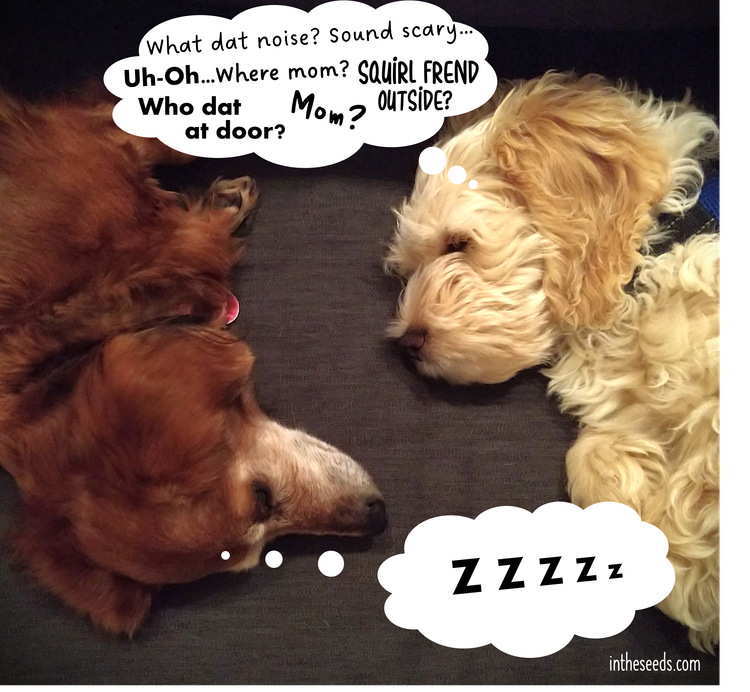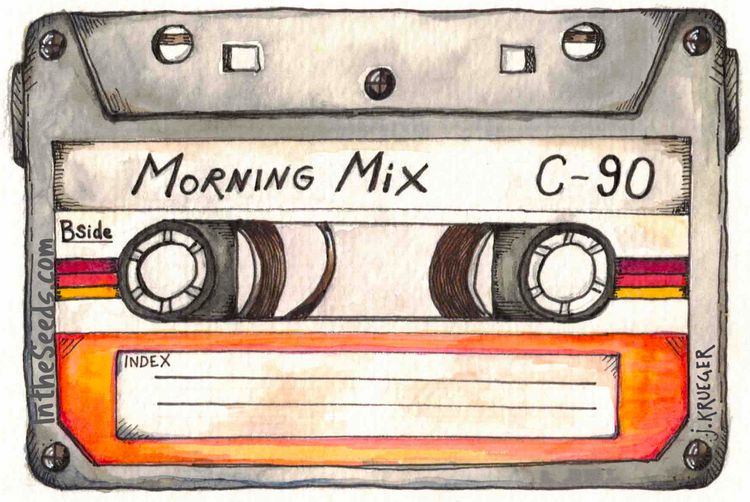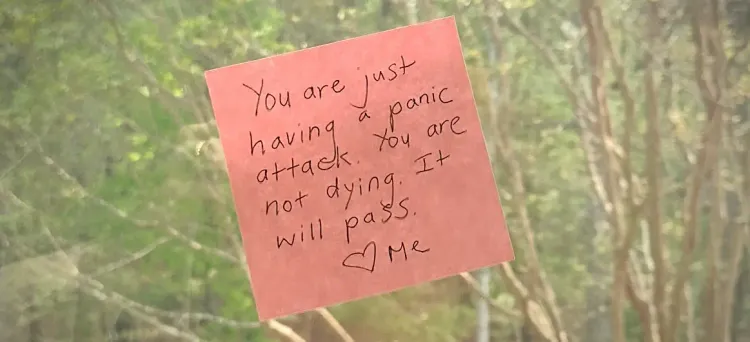Guidelines (& Guardrails) for Helping Kids with Big Feels

Helping a child who is going through an intense phase of Big Feelings can be so exhausting that parent boundaries get blurred.
In charged moments, it can be very difficult to:
- not take things personally (even when your kid is hitting below the belt)
- step back (when you want to rush in)
- stop yourself from saying the thing(s) &%#!!! you'll later regret
When our child is screaming, crying, hitting, or threatening - our survival brain (the limbic system) shoves the reflective brain (the prefrontal cortex) into the passenger's seat. The survival brain is wonderful at surviving. It's not great at nuanced, calm-headed decision making.
Ross Greene, child psychologist and bestselling author, offers three guidelines that can help take the heat out of loaded exchanges. He begins with a reminder from his book Raising Human Beings that parents are helpers:
"We tend to limit our use of the word helper to those in professional roles - physicians, mental health professionals, educators - but as a parent, you're in one of the helping professions too."

Guidelines & Guardrails
1) Helpers help. They abide by the Hippocratic Oath (the "do no harm" part) - which basically means: Don't make things worse.





